
Today’s GOALS
Let’s have a look at the goals for today.
“Responsible Consumption and Production” is the topic of this unit.
“Responsible Consumption and Production” is the topic of this unit.
今日のテーマは「つくる責任 つかう責任」です。
Today’s Goals
■ 生産と消費にかかわる単語・表現を学ぶ
Learn the vocabulary and expressions related to production and consumption
■ 生産・消費に関する問題を抱える世界の国について知る
Get to know and share your thoughts on the countries facing issues related to production and consumption
■ passageを読んで生産・消費に関する問題についての知識を深める
Deepen your knowledge of issues related to production and consumption by reading passages
Part A Self-Introduction
自己紹介をする

Part A_1 Self-Introduction
Let’s introduce ourselves to each other.
自己紹介をしましょう。
My name is ________. What is your name?
Part A_2 Self-Introduction
I am ________. Nice to meet you.


Part A_3 Self-Introduction
Nice to meet you too, ________.
Let’s get started.
Let’s get started.
Part B Review
前回のレッスンの復習
Review of the previous lesson

Part B_1 Review
Please read aloud the passage below.
文章を読んでください。講師がチェックします。
Part B_2 Review
Rapid Urbanization
Rapid urbanization puts freshwater resources, sewage, the living environment, and public health at risk. Cities account for 60–80 percent of global energy use and 75 percent of carbon emissions.
Using carbon-free transportation is the easiest way we can try.


Part B_3 Review
I will ask the following questions. Please answer based on the passage.
講師が質問するので答えてみましょう。

Part B_4 Review
| 1. | What is the easiest way we can try to make our cities sustainable? |
Part B_5 Review
| __________________________ is the easiest way we can try to make our cities sustainable. |


Part B_6 Review
| 2. | Did you do your research on the sub-textbook? Did you find the activity for issues related to cities and communities? Please tell me what you feel about it. |
Part B_7 Review


Part B_8 Review
Now, let’s review your answers.
復習してみましょう。
Part B_9 Review


Part B_10 Review
So far, we reviewed the previous lesson topic, “Sustainable Cities and Communities”. Do you have any questions?
In the next part, we are going to learn about “Responsible Consumption and Production”.
In the next part, we are going to learn about “Responsible Consumption and Production”.
ここまでは前回の復習です。
次のパートからは、「つくる責任 つかう責任」について学習を進めましょう。
次のパートからは、「つくる責任 つかう責任」について学習を進めましょう。
Part C Description
描写問題 他国を知る
Get to know other countries’ situations

Part C_1 Description
Find out where Spain is located.
スペインの場所について確認しましょう。
| 1. | Where is Spain? A, B or C? |
Part C_2 Description
| The answer is _________. |


Part C_3 Description
Please look at and study the pictures below. These are pictures from Japan and Spain. I will ask you a question.
(Give the student at least 20 seconds to study both pictures.)
下記は、日本とスペインの写真です。写真について質問をします。

Part C_4 Description
| 2. | What can you see in the pictures? Please describe as many as you can from each picture. |
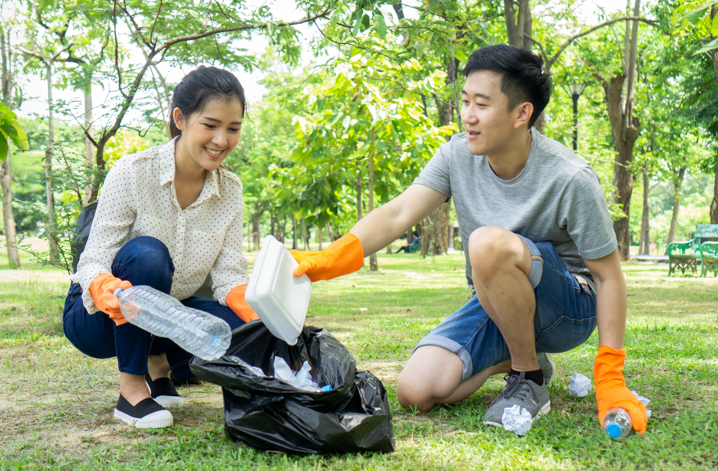 |
 |
Part C_5 Description
| Answer: |


Part C_6 Description
Now, let’s review your answers.
復習してみましょう。
Part C_7 Description


Part C_8 Description
Did you get any images of waste and recycling? If you have anything you don’t know well, please keep researching after the lesson.
Part D Vocabulary
英単語の意味と発音を確認する
Learn the vocabulary and phrases related to the topic

Part D_1 Vocabulary
We’ll read aloud the words and sample sentences below. Please repeat after me. I will check your pronunciation.
講師の真似をして単語を発音しましょう。
Part D_2 Vocabulary
 |
apparel 衣服
Asian countries account for about half of the world’s apparel production.
|
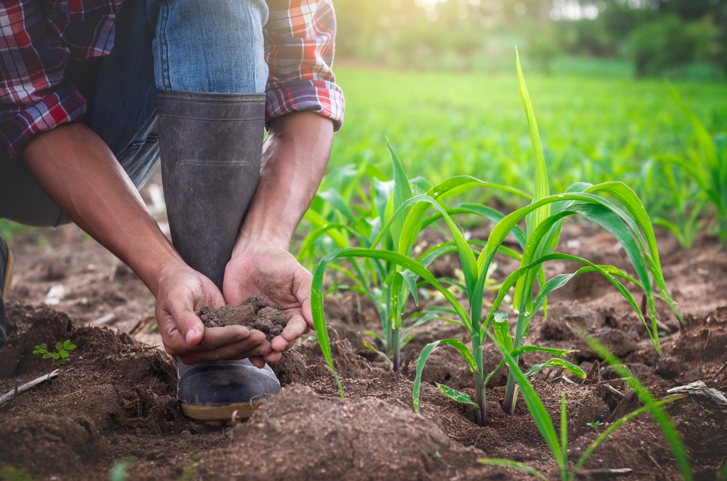 |
fertility 肥沃(ひよく)
Crops grown on lands with excellent soil fertility are healthier.
|
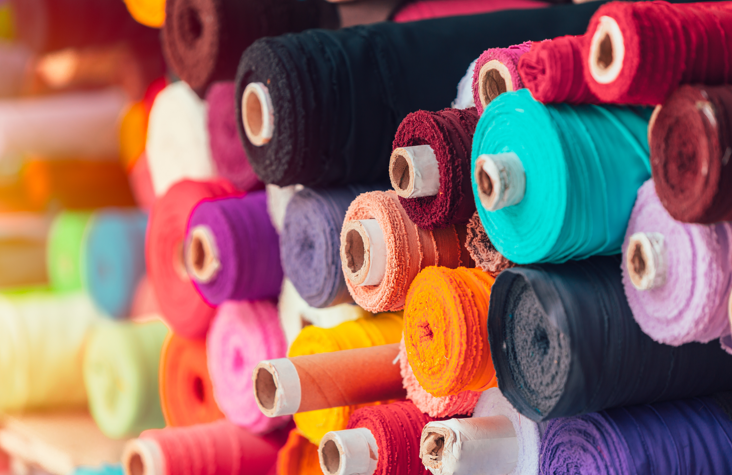 |
textile 織物の
The majority of textile industries in developing countries still rely on manual labor.
|
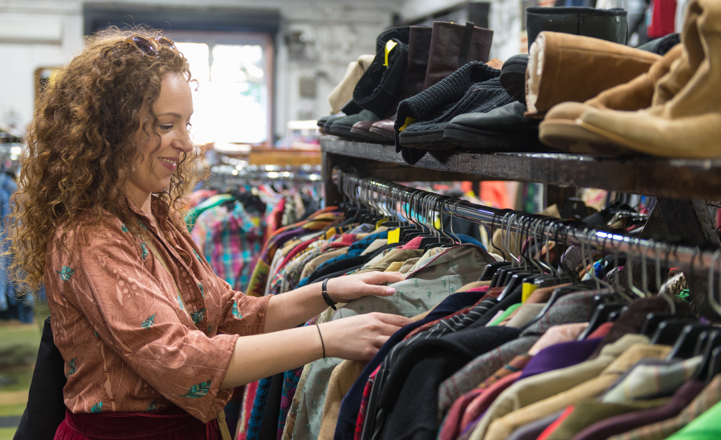 |
thrift store リサイクルショップ
Buying clothes at your local thrift stores saves money and reduces waste.
|


Part D_3 Vocabulary
Now, let’s review some words from part D_2.
(Please review the mispronounced words and expressions from part D_2.)
復習しましょう。
Part D_4 Vocabulary


Part D_5 Vocabulary
Please look at the pictures below. Now, fill in the blanks with the words you learned and read aloud the complete sentences.
(Please give the student time to answer.)
それでは、下記のそれぞれの文章の空欄に先ほど学んだ単語のいずれかを埋めて、文章を完成させましょう。
Part D_6 Vocabulary
| 1. | This store sells ___________ that can be worn by men and women of all ages. |
| 2. | We need more land with good soil _______________ to increase food production. |
| 3. | The _______________ company needs to invest in new equipment. |
| 4. | I buy clothes at ________________ as a way to reduce waste. |


Part D_7 Vocabulary
Now, let’s review your answers.
復習してみましょう。
Part D_8 Vocabulary


Part D_9 Vocabulary
Do you have any questions about the meaning of words?
Then, let’s move on to the next part.
Then, let’s move on to the next part.
Part E Reading
リーディング問題 passageを読んで知識を深める
Learn the facts about the topic and the countries that are related to it

Part E_1 Reading
Please read aloud the first passage below.
文章を読んでください。
Part E_2 Reading
Reducing Food Loss and Waste
Responsible consumption and production contribute to better well-being. If we can supply and consume food fairly, we will be able to help solve problems like hunger and obesity.
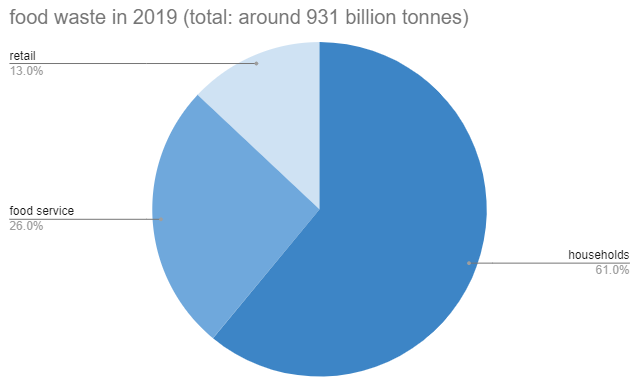
However, declines in land and marine environments, as well as declining soil fertility, harm the ability to produce food.
In 2019, moreover, around 931 million metric tons of food waste were recorded: 61 percent in households, 26 percent in food service, and 13 percent in retail.


Part E_3 Reading
I will ask the following questions. Please answer based on the passage. I will check if your answers are appropriate.
講師が質問するので答えてみましょう。

Part E_4 Reading
| 1. | According to the passage, what was recorded in 2019? |
Part E_5 Reading
| Answer: |


Part E_6 Reading
| 2. | Based on the graph, which has the highest recorded percentage of food waste? |
Part E_7 Reading
| Answer: |


Part E_8 Reading
Please read aloud the second passage below.
文章を読んでください。
Part E_9 Reading
Zero-Waste Fashion
Humans are polluting rivers and lakes faster than nature can recycle and purify them. For example, the apparel and textile industries are now the second-largest polluters of pure water, just behind agriculture.
As consumers, we can help by choosing a sustainable choice whenever possible and aiming for zero-waste fashion. We may buy clothes from a vintage or thrift store. If we have clothes we no longer wear, we can donate them to charities or sell them at thrift stores. We can also save water by washing our clothes less frequently.


Part E_10 Reading
I will ask the following questions. Please answer based on the passage. I will check if your answers are appropriate.
講師が質問するので答えてみましょう。

Part E_11 Reading
| 1. | What can we do when we have clothes we no longer wear? |
Part E_12 Reading
| Answer: |


Part E_13 Reading
| 2. | Based on the article, how can we avoid water waste? |
Part E_14 Reading
| Answer: |


Part E_15 Reading
Now, let’s review your answers.
復習してみましょう。
Part E_16 Reading


Part E_17 Reading
Did you understand the situation and facts about responsible consumption and production? If you have any questions, please ask me.
Part F Opinion
オピニオン 問題を身近に考える
Think about the topic as your own

Part F_1 Opinion
Please answer the questions below. You can share your opinions.
(It’s okay if the student’s answers are not complete sentences. To share his/her opinions is the goal for this part.)
講師が質問をするのであなたの意見を答えましょう。

Part F_2 Opinion
| 1. | Which do you prefer, second-hand clothing or fast-fashion clothes? Why? |
Part F_3 Opinion
| Answer: |


Part F_4 Opinion
| 2. | What kind of habits can you change after learning about this topic? |
Part F_5 Opinion
| Answer: |


Part F_6 Opinion
Now, let’s review your answers.
復習してみましょう。
Part F_7 Opinion


Part F_8 Opinion
Thank you for sharing your opinions. Let us continue to learn and think about issues related to consumption and production, and then take action to solve them.
